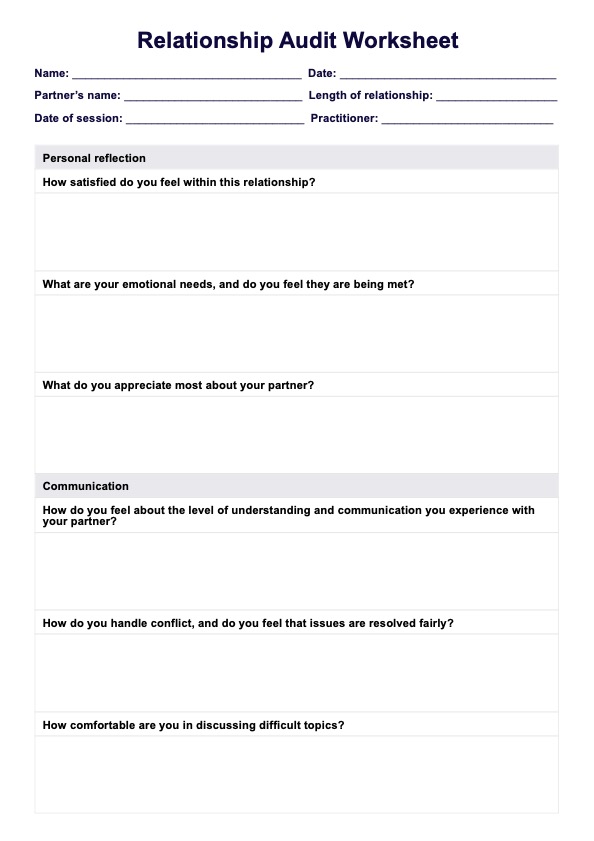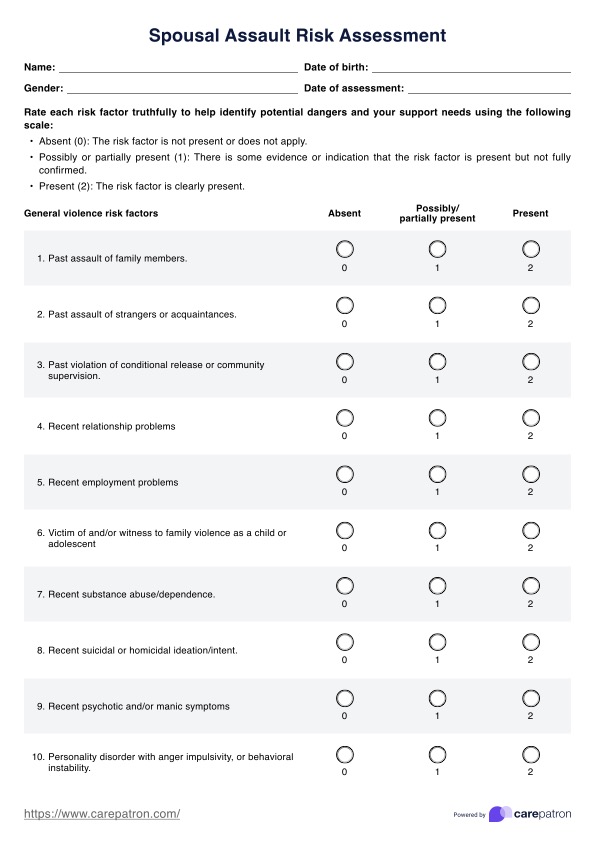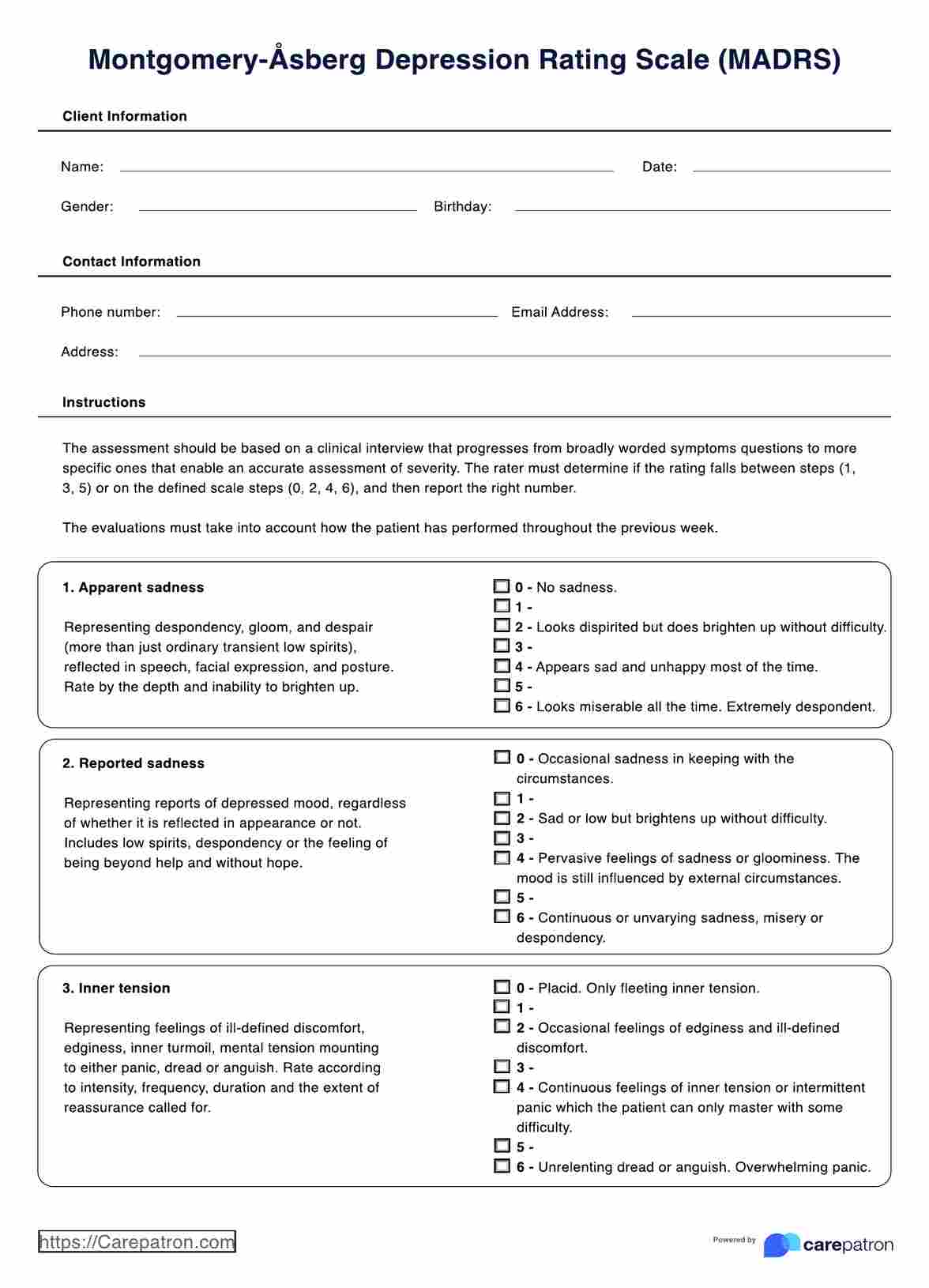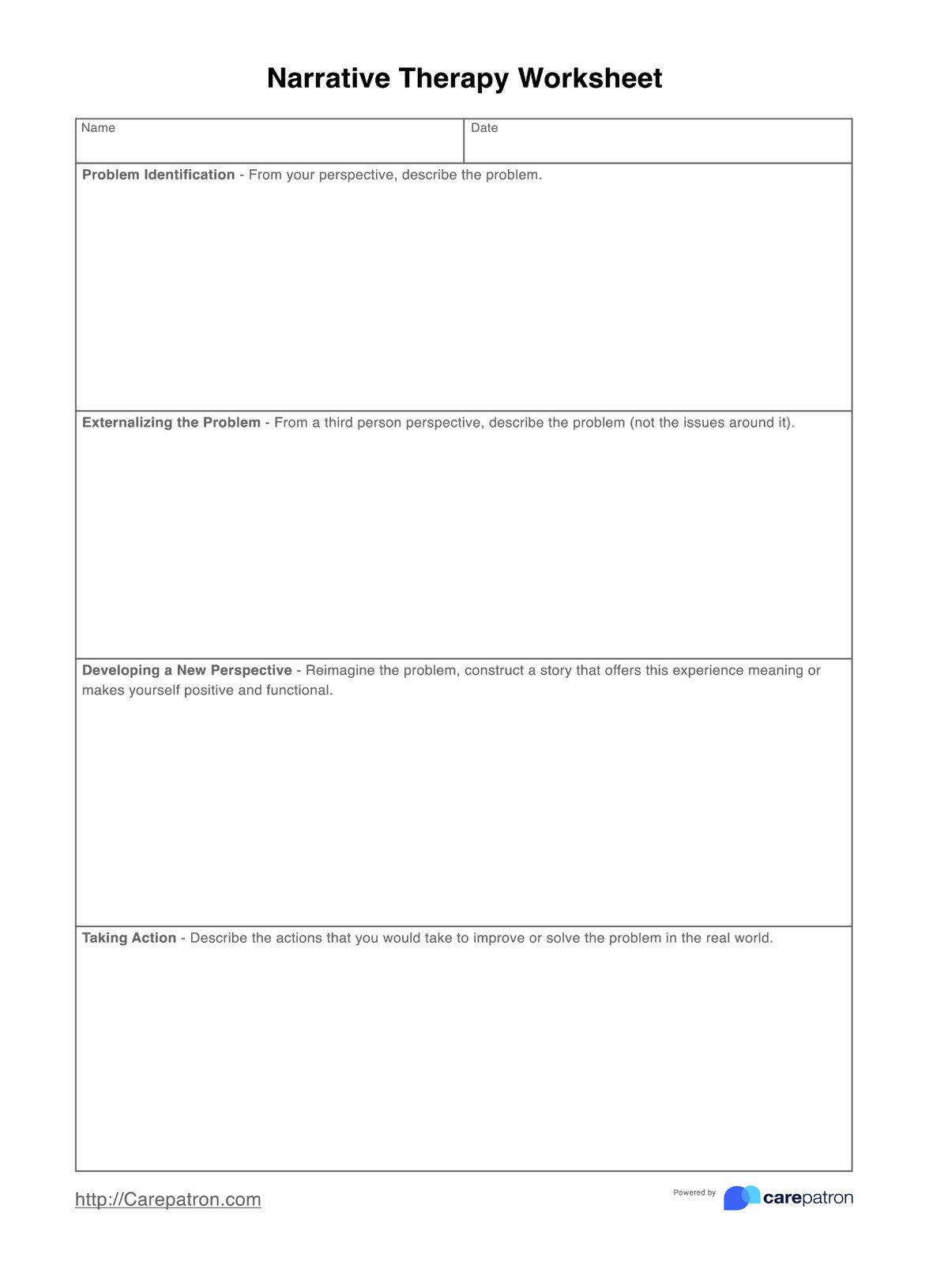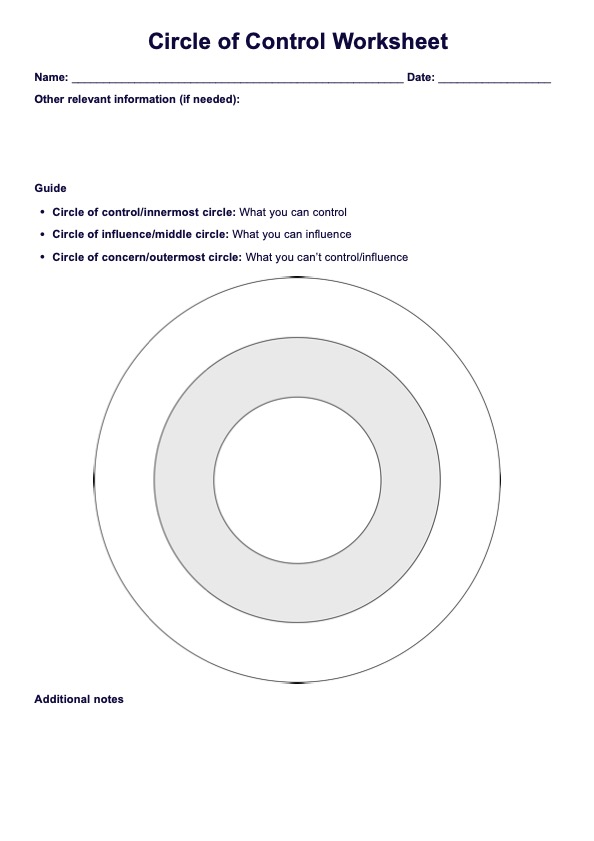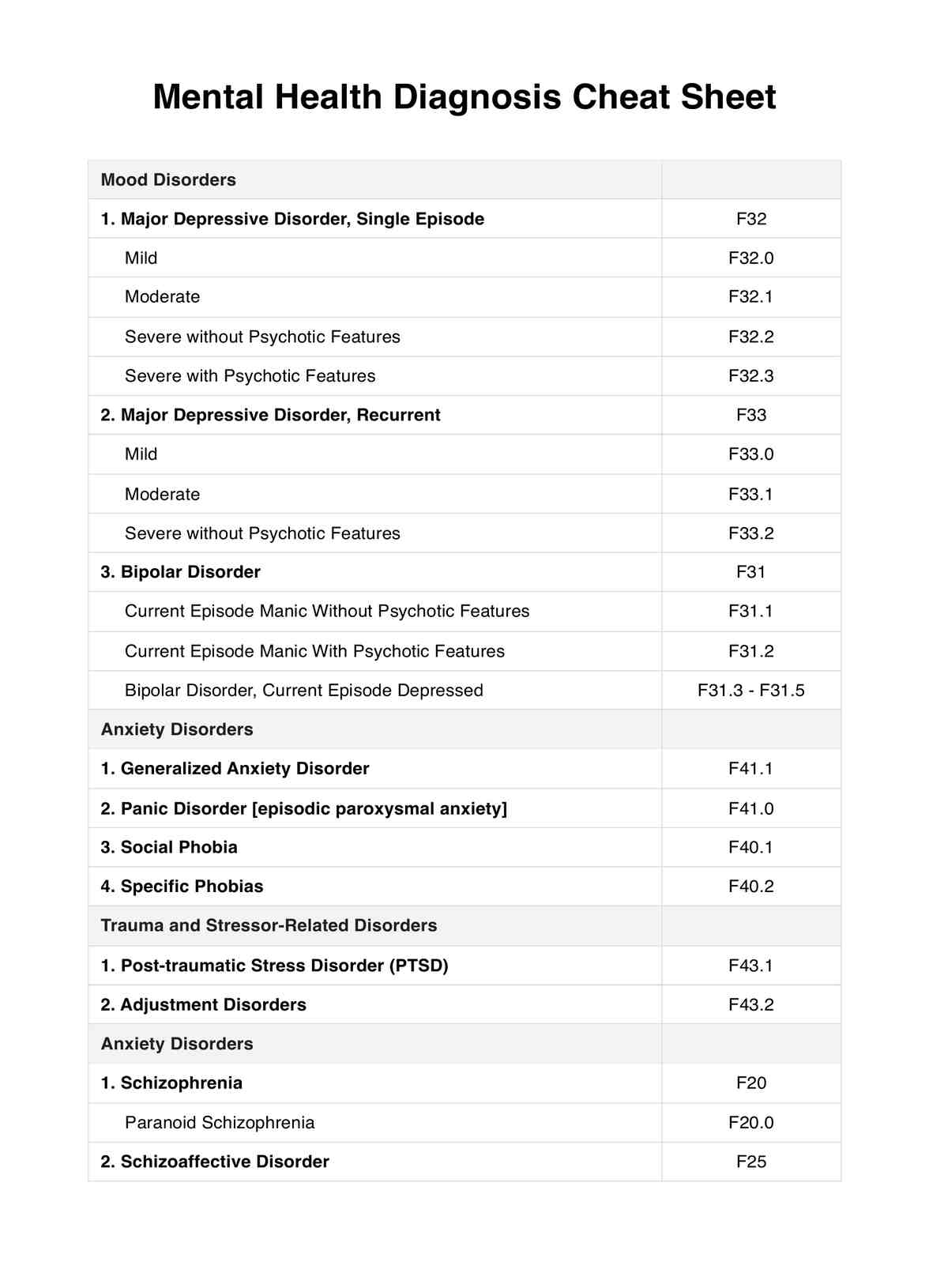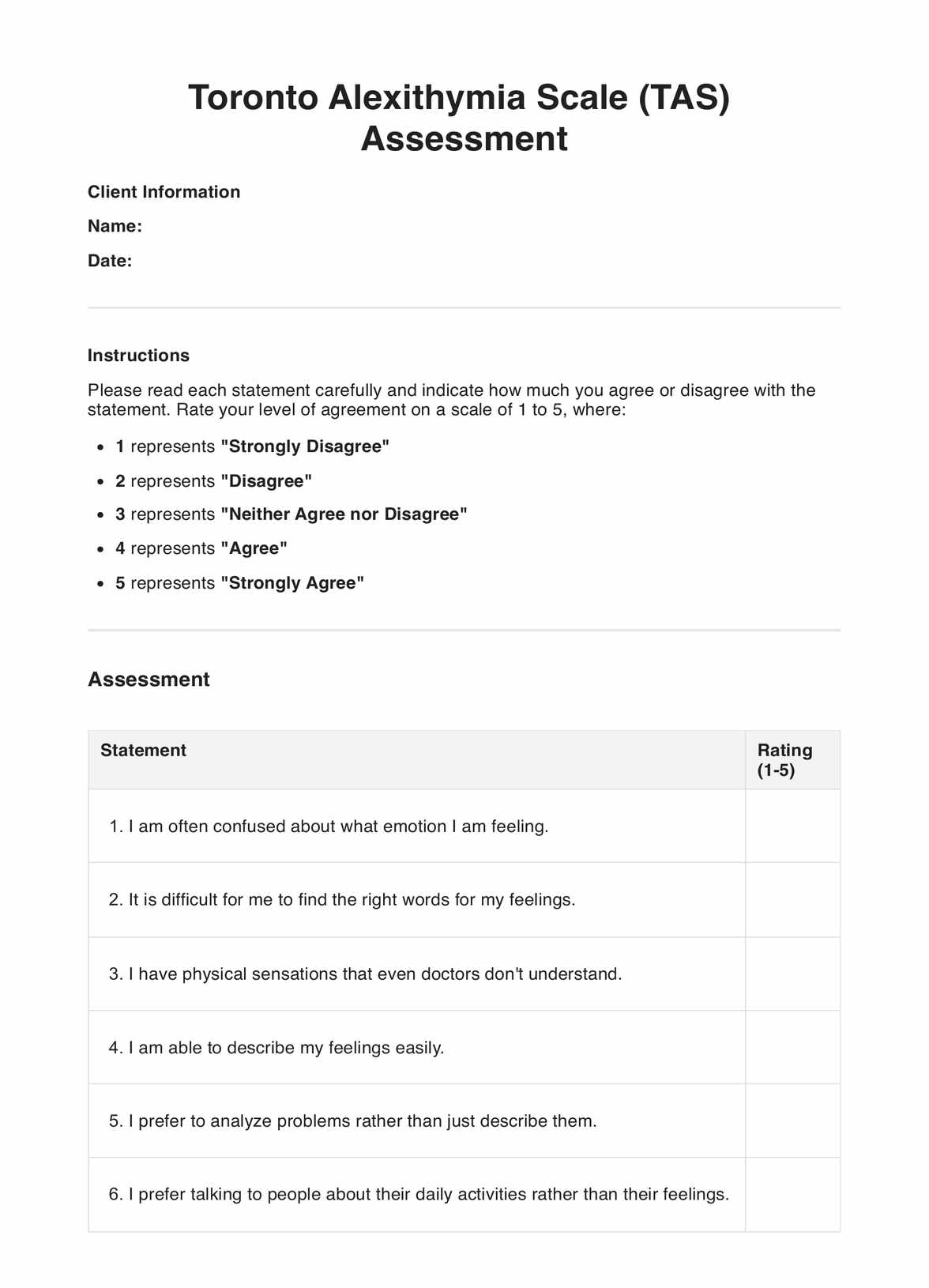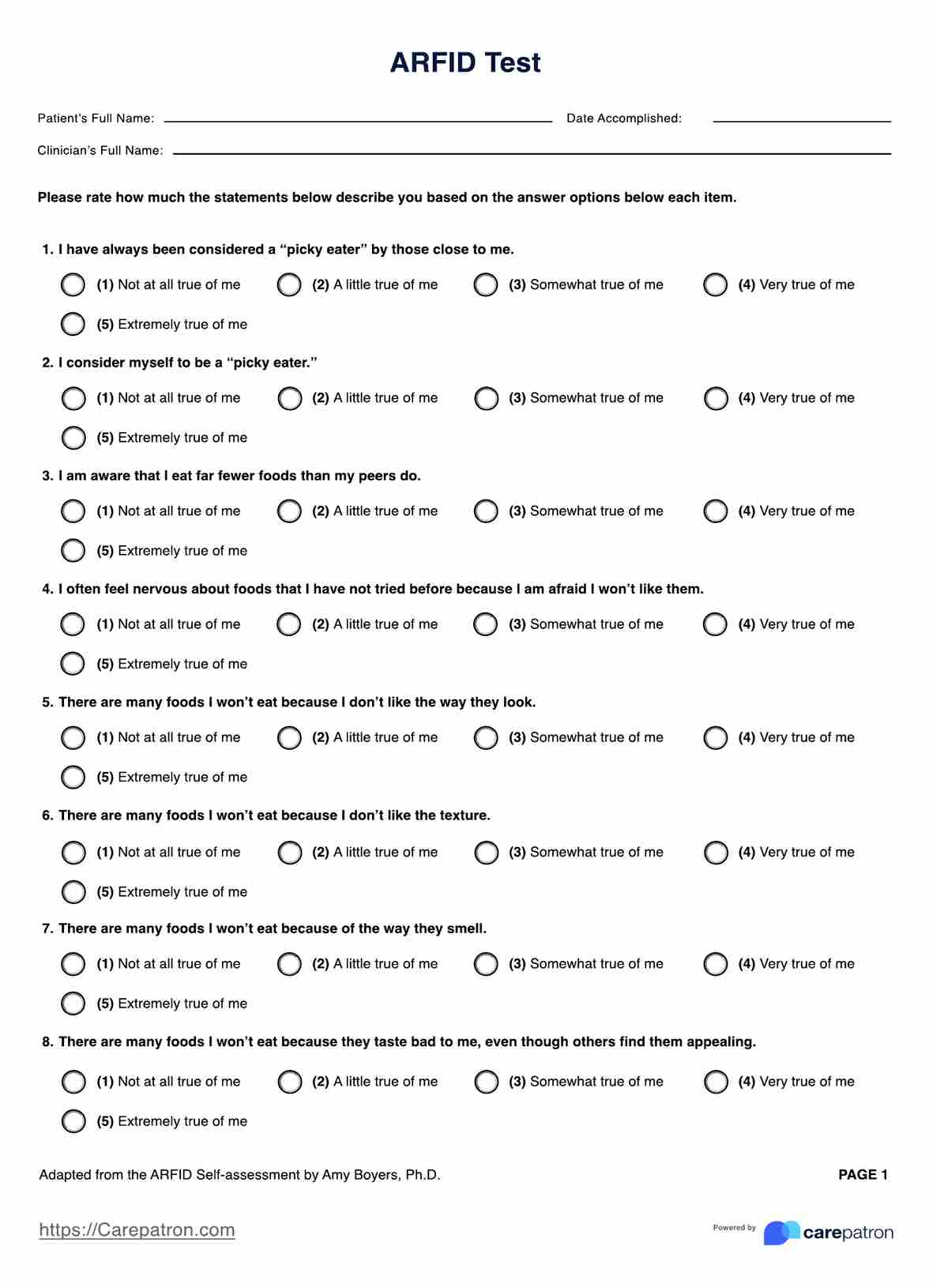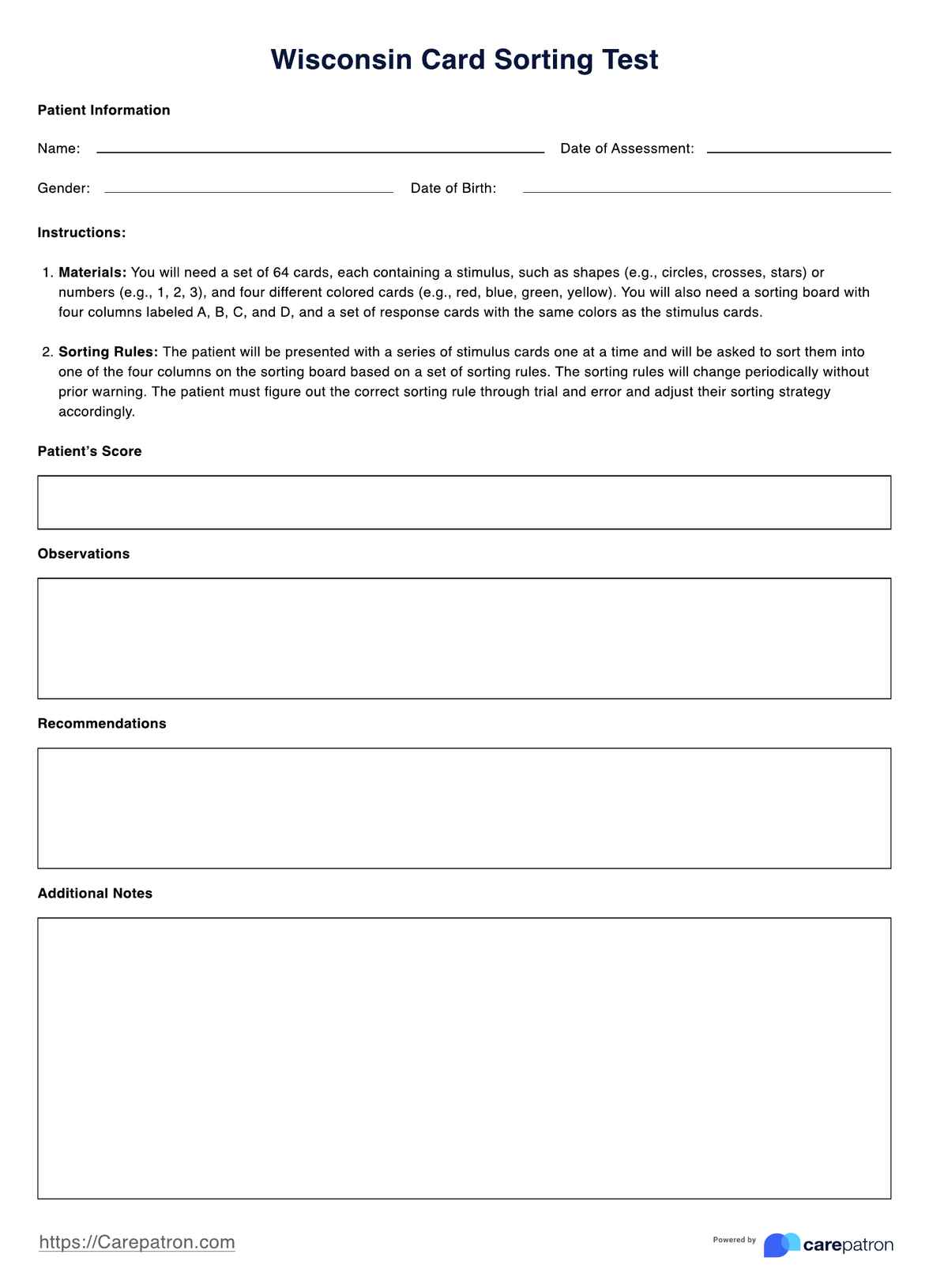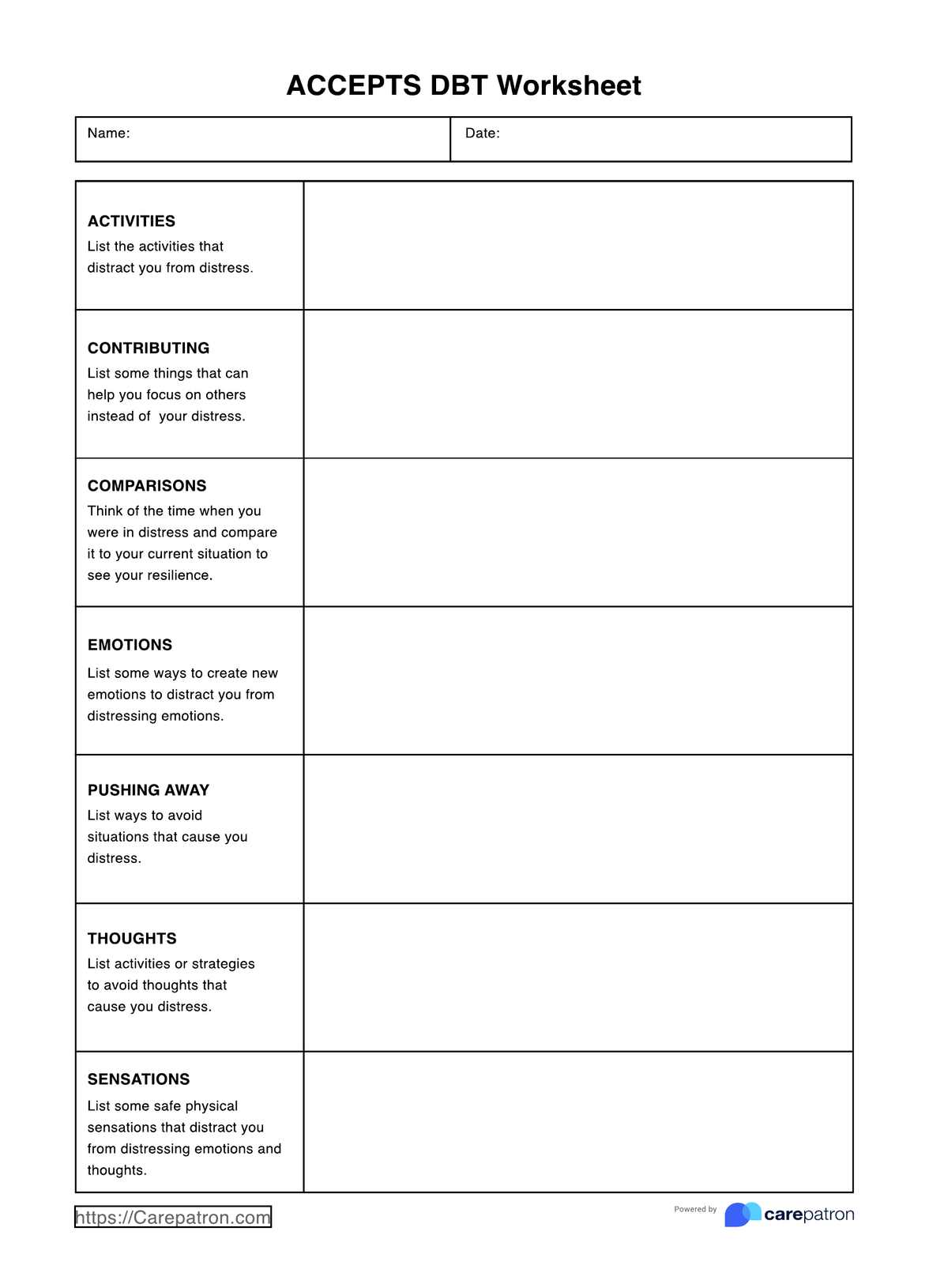5-4-3-2-1 Grounding PDF
Learn about the 5-4-3-2-1 grounding technique and use our 5 4 3 2 1 Grounding PDF handout whenever you practice it.


What is grounding?
Grounding, in the context of therapy, is a therapeutic activity that involves anchoring a person to the present moment by helping them focus on their immediate environment and the sensations they feel.
This therapeutic activity is helpful to those who have frequent anxious thoughts, episodes of dissociation, trauma, and PTSD because it keeps them from paying attention to what distresses them and allows them to focus on the now.
Given this, grounding has become a staple in different types of therapy, mainly dialectical behavior therapy (DBT) and cognitive behavioral therapy (CBT). Therapists who practice these teach their patients grounding techniques to help them cope healthily whenever they’re distressed.
5-4-3-2-1 Grounding PDF Template
5-4-3-2-1 Grounding PDF Example
What are examples of grounding techniques?
There are several grounding techniques that people can practice whenever they need to turn away from negative thoughts, keep their depression or anxiety at bay, and prevent themselves from being too overwhelmed by their emotions so they can still function throughout the day. Here are some examples:
- Mindfulness meditation: this technique has grown in popularity over the years. It revolves around focusing on the present moment and allowing your thoughts to pass without judging them or yourself. In this meditative state, the practitioner observes their thoughts.
- Deep breathing: those practicing this will take deep breaths and frame their focus on the sensations they feel when they inhale deeply and exhale slowly.
- Holding grounding objects: a grounding object is an object of significance to a person that reminds them of good things and safety. Such objects vary from person to person. For this technique, they need to hold this object and focus on what it reminds them of instead of intrusive thoughts.
- Positive self-talk: whenever a person is distressed because of intrusive thoughts and negative emotions, they can engage in positive self-talk where they give affirmation to themselves to make them feel better about themselves.
What is the 5-4-3-2-1 grounding technique?
Another grounding technique that a person can practice is the 5-4-3-2-1 technique. It’s a sensory exercise that uses the five senses in one’s immediate environment. It goes like this:
Identify 5 things you can see:
The beginning of this technique will rely on sight. Those practicing it will look at five distinct things in their immediate environment. It can be a picture of a family, a vivid painting, a computer monitor with colorful wallpaper, or even a stuffed animal. They must take their time to notice each one.
Identify 4 things they can touch:
After looking around their immediate environment and admiring five objects, their shapes, and their colors, the next thing that a person needs to do is identify four things they can touch and touch them. They must feel each object and its textures, all while feeling the floor on their feet.
Identify 3 things they can hear:
After feeling objects physically with their hands and feeling the floor with their feet, the following sense a person needs to use is their sense of hearing. For this stage of the 5 4 3 2 1 technique, they must focus their hearing on three things. These can be ambient noises like the sound of cars moving outside and the hum of an airconditioner. These can also be music on a radio, a podcast on a computer, or even birds chirping outside the window. They must focus on these sounds without judgment.
Identify 2 things they can smell:
Preparing smelly things beforehand would be best if a therapist conducts this exercise. They can design anything from perfume bottles to food (the latter might be a great choice because of the final part of the exercise).
The person practicing this grounding technique must identify two things they can smell. It can be the room's smell, socks, nature (if they’re practicing this technique in the woods or a mountain), snacks, and meals.
If they can’t smell anything because of a cold or something else, the best alternative is to think about two scents they recall and the sensations they felt when they smelled them.
Identify 1 thing they can taste:
As mentioned earlier, preparing food beforehand would be best if a therapist conducts this exercise. It can be a small snack like potato chips. It can even be fruit juice! So long as they can taste something, that would be great.
The person practicing this exercise must notice the flavor. They must also see how the food feels in their mouth and their texture. If it’s a drink, they must notice how the liquid feels in their mouth, if it’s cold or hot.
If they can’t munch on anything during this exercise, the best alternative is to become aware of the taste in their mouth at the moment (perhaps they drank coffee or ate breakfast before the exercise).
How does our 5-4-3-2-1 Grounding PDF template work?
We created a 5 4 3 2 1 Grounding PDF template! It can be used by CBT or DBT therapists as part of their roster of therapy handouts.
Our template is divided into five sections with instructions on how to do each part of the exercise, which we’ve detailed earlier. We added Note boxes to each section to make things more interactive and fun for the person practicing the 5 4 3 2 1 technique.
After the exercise, they can describe what they felt, saw, smelled, tasted, and heard.
If you’re a therapist and you’re at the point where you’re teaching your patient grounding techniques, that’s the best time to hand out printed copies of the PDF! You can even send the PDF file to them so they can practice the technique at home or whenever they become anxious or distressed.
What are the benefits of practicing the 5-4-3-2-1 grounding technique?
One of the best things about the 5-4-3-2-1 technique is its simplicity. It doesn’t require anything special to do besides the immediate environment the person is in and something to eat. It can also be done anywhere, and it only takes a few minutes to finish, making it one of the most convenient grounding techniques that one can practice.
It can also whittle down a person’s anxiety until they’re calm. Since this exercise focuses on what they can see, touch, hear, smell, and taste, they can brush aside any negative emotions and intrusive thoughts they’ve been having.
Practicing this exercise frequently can help empower a person to feel confident when it comes to managing emotions, so as soon as they become distressed, they have a healthy way of coping.
Commonly asked questions
It can be accomplished within 10 minutes, but you can if you want to practice the exercise longer.
No. While this technique can be effective, it might not work for others. Other people don’t rely on this technique and instead practice other techniques like deep breathing because it works for them more than this. It’s best to try different techniques and see which suits you best.
Yes. If you practice it routinely, you’ll eventually become more in tune with your emotions and can control them, especially when you’re distressed. The 5-4-3-2-1 grounding technique is a healthy coping skill.


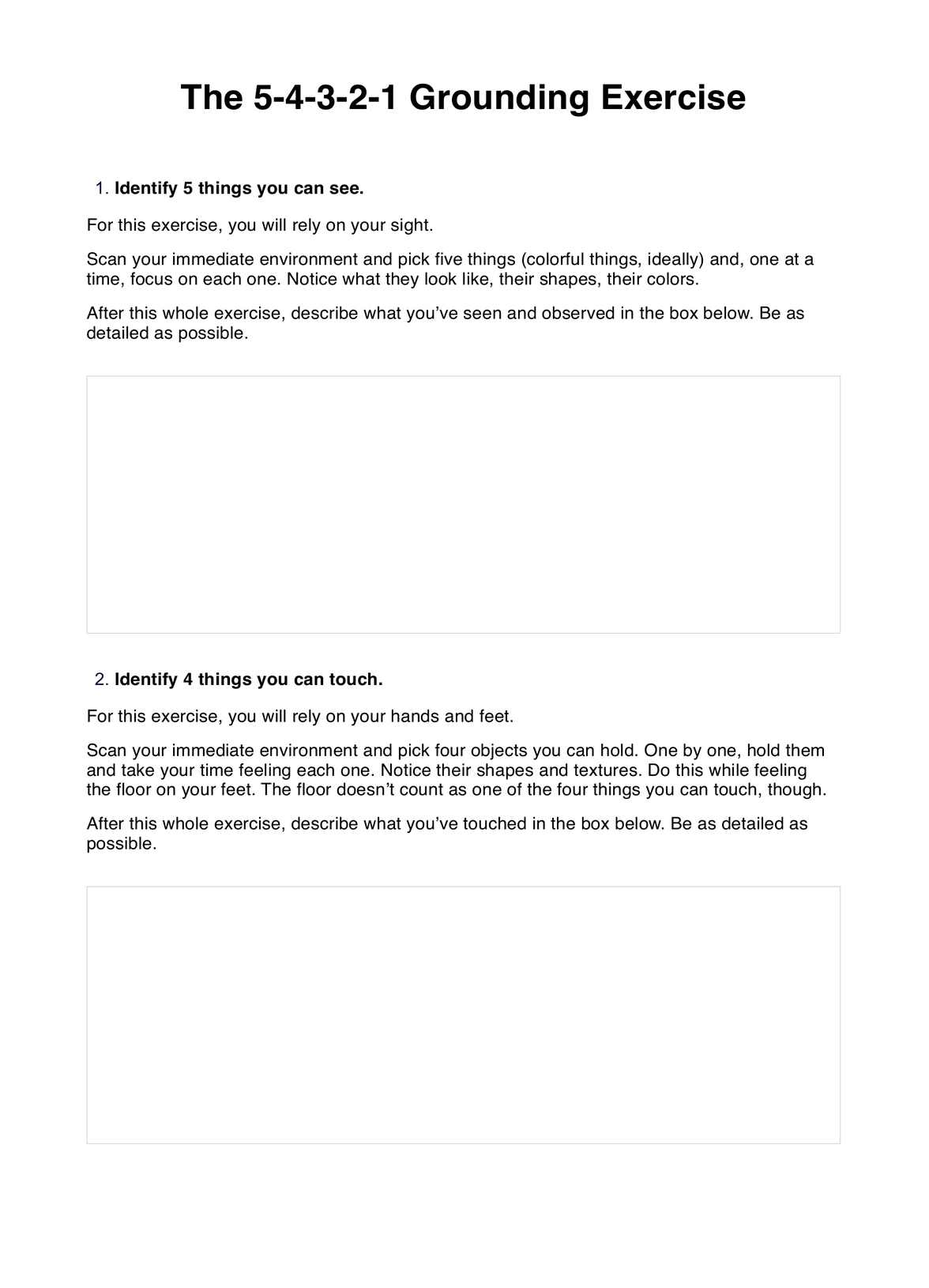
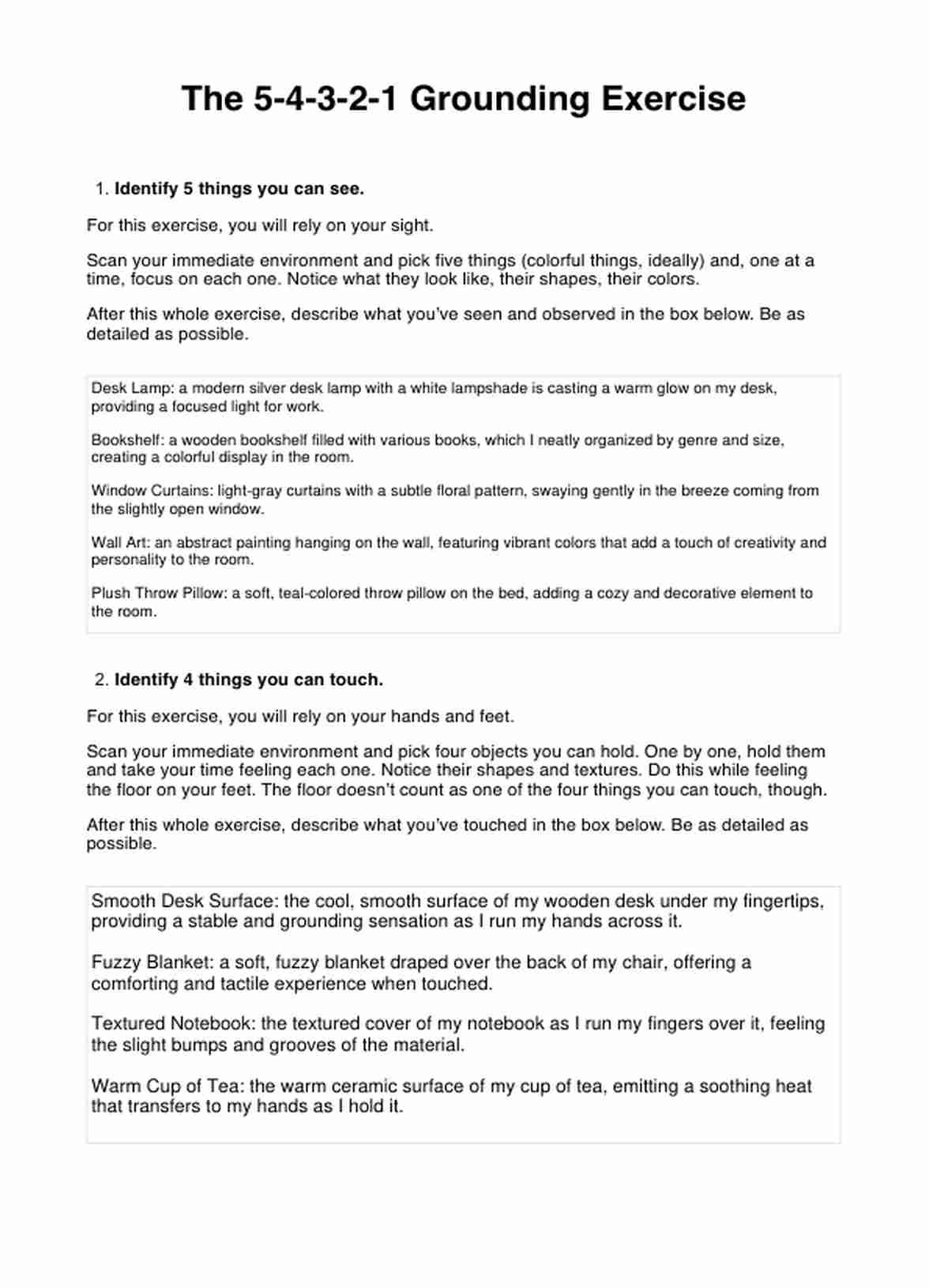

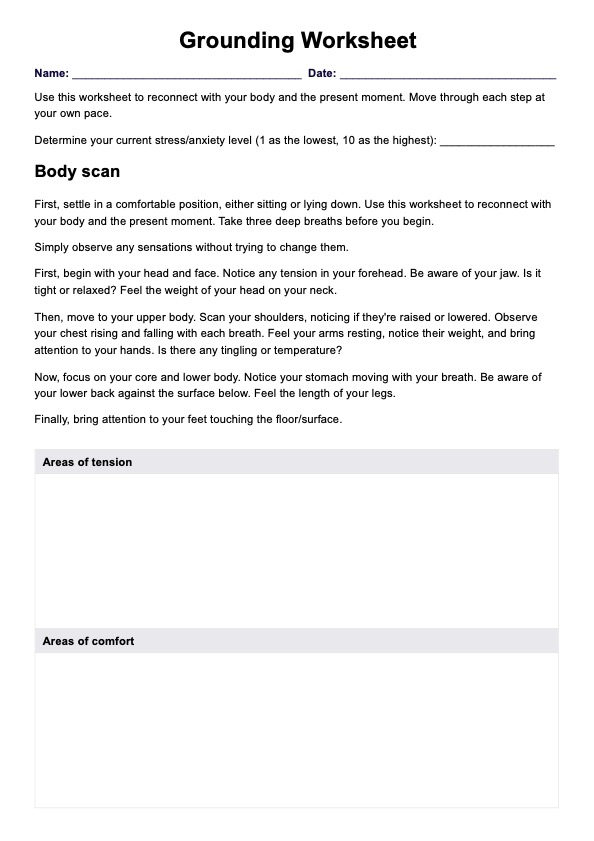
















-template.jpg)


